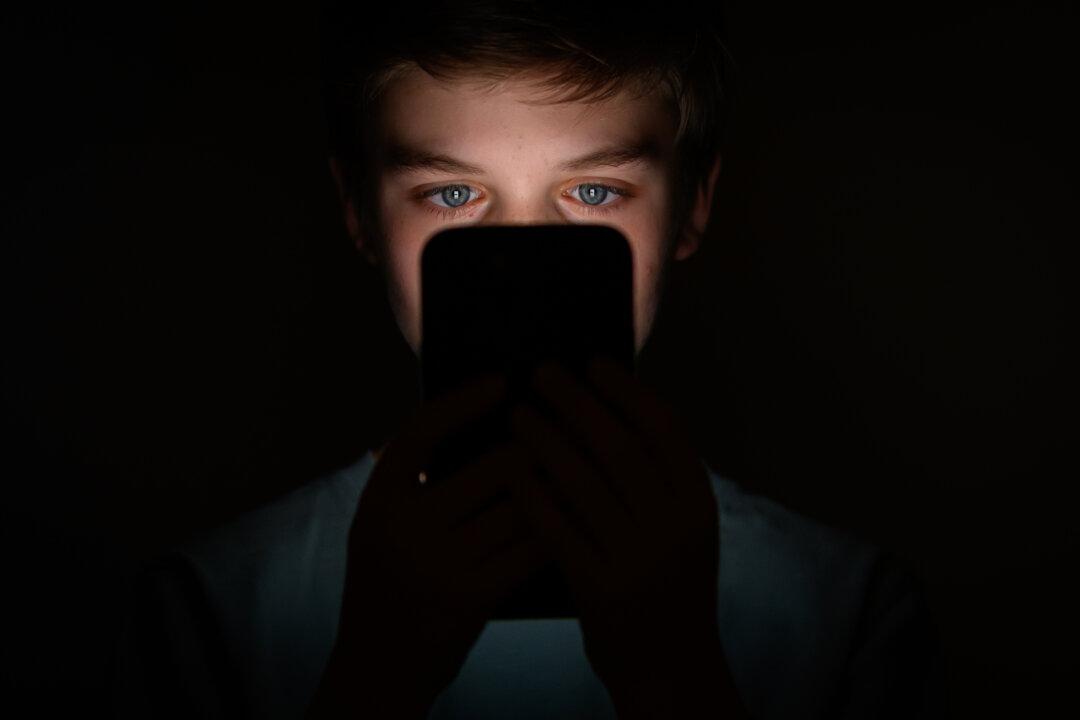Australians already gamble more than any other nation on earth, but recent research shows the practice is now becoming popular before children even reach adulthood.
New research from the Australia Institute shows nearly one in three children aged between 12 and 17 are gambling, while almost half of people aged 18-19 are gambling—a total of 60,000 Australian youngsters.
Teenagers in Australia are also more likely to gamble than to play a sport.
While 20 percent of children aged 12-17 are playing soccer, 17 percent are playing basketball, and 13 percent are playing netball—30 percent are gambling.
Gateway to Gambling
Research shows that gambling habits can form in young children through activities like betting with peers and purchasing virtual video game “loot boxes”—paid mystery boxes that offer random in-game items, ranging from common to rare.While loot boxes were banned for under-15s in 2024, experts say children are still accessing games that contain them.
Smartphone and in-app purchases are also believed to be factors in encouraging children into gambling habits.
Call for Regulation
There are calls across the board for stronger regulation of games and apps that include gambling features and appeal to children.A study by the University of Sydney released at the end of March showed children struggled with complex virtual currency systems, describing in-game currency conversions as scary and hard to understand, which often led to overspending.
Child purchases within games and apps were also found to be a form of family conflict.
One of the most popular gaming platforms for Australian children is Roblox, an online platform that allows users to create, share, and play games made by others.
The game itself is free to play but generated US$3.6 billion in 2024 through in-game transactions and virtual currency purchases.
University of Sydney researcher and postdoctoral fellow, Taylor Hardwick, said many parents and children had described online game purchases as scams and cash grabs.
As part of the university’s studies, they gave a group of 16 children a $20 gift card each, which they could spend on real items or gaming purchases.
Of the children in the study, only four bought non-virtual items such as toys and lollies, while the remaining 12 used the cash to make in-game purchases, specifically on Roblox.
“Our research found that the design of in-game spending features in games such as Roblox cause harm to young users,” Hardwick said.
University of Sydney Professor Marcus Carter said children admitted to not understanding how much they were spending on the game.
“Virtual currencies obscure purchase values which makes it difficult for children to discern the value of the items they want to buy in digital games,” he said.
“This leads to children spending more than they realise in-game.”
Almost half of Roblox players are children.
“With digital gaming becoming an integral part of childhood, urgent steps must be taken to protect young users from financial exploitation, and stronger enforcement of Australia’s existing loot box bans is crucial to ensuring compliance,” Carter said.
“We need to prioritise child safety over profit and eliminate deceptive monetisation features that exploit young players.”







